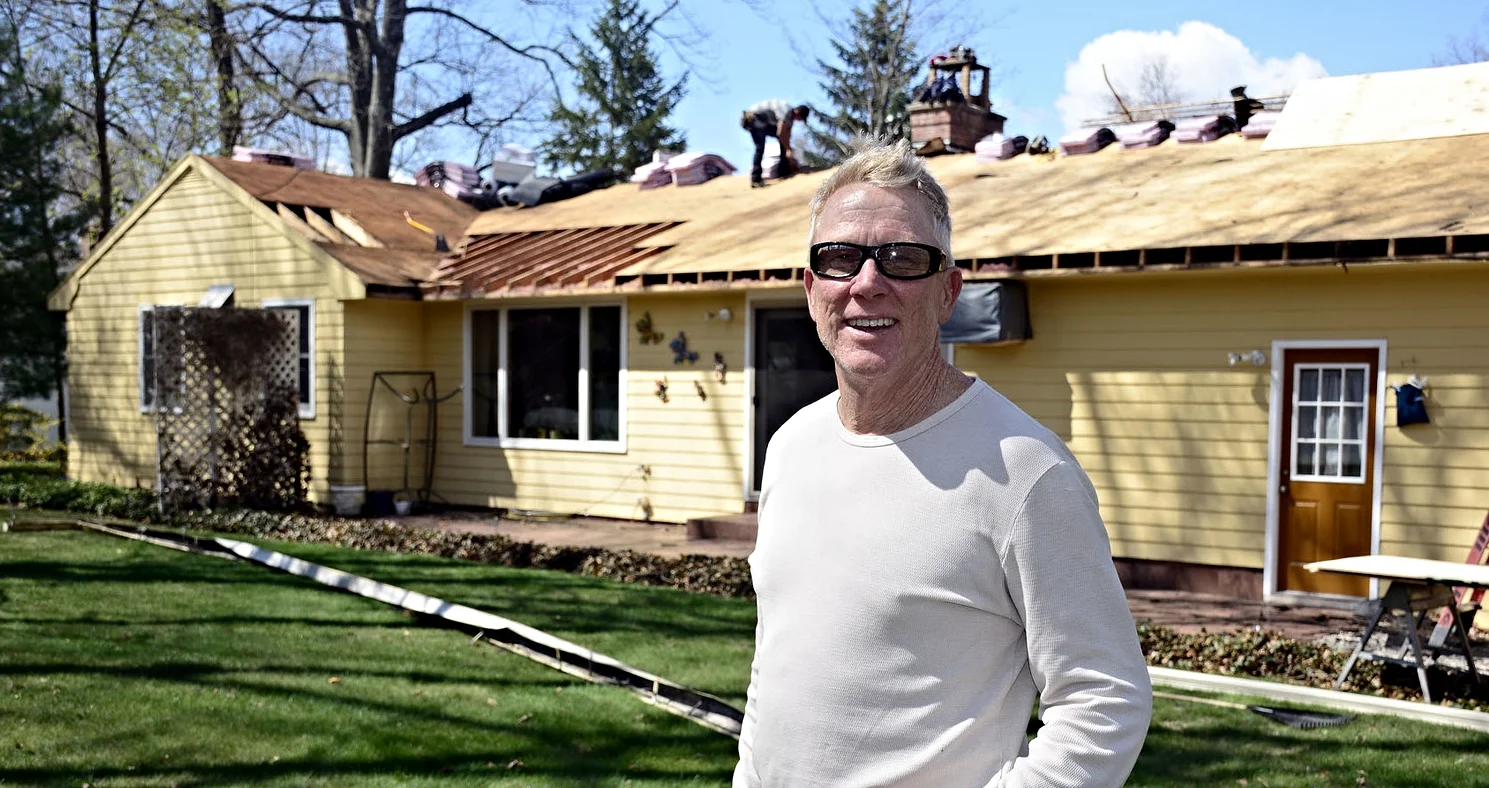Say So Long to Solar Panels with This Latest Invention
Chelsea O'Donnell
You’re probably familiar with Tesla, the luxury car company that made a name for itself by introducing solar energy cars to the market. Now, Tesla CEO Elon Musk has turned his attention to a different use for solar energy by announcing the launch of solar shingles which officially went on sale last week. So if you’ve been considering solar energy for your home but don’t like the look of massive panels stuck to your roof, this game changer might just be the solution you’re looking for.
If you know anything about Tesla cars, you know that they aren’t cheap and neither is the new solar roof. Installation on an average 1,800 square foot house will set you back more than $68,000, but Tesla estimates that over the roof’s 30-year life span, the solar shingles will generate over $88,000 in energy production. The 30% federal tax credit, known as the Solar Investment Tax Credit, will be available for the product and can be applied to the cost of the solar portion of the roof as well as the cost of the required Powerwall battery. Based on that percentage for this example, you’d be looking at a tax credit of $20,000 which, according to the company, brings you to around $40,000 in net earnings over the 30 year period.
The roof configuration is made up of both solar and non-solar panels, with Tesla recommending a 60-70% ratio of solar to non-solar units depending on the individual home. Unlike those unsightly solar panels we’ve come to accept as the best way to harness energy from the sun, solar roofs look very similar to a regular roof with both textured and smooth panel options which are approximately the same size as a regular roof shingle. Units designed to mimic the look of slate and Tuscan style terra cotta will both be launched in 2018.
But with our brutal seasons, will these new glass panels really be able to stand up to the weather? Tesla says yes and has given the product an infinity warranty based on the lifetime of the house. The panels also get the highest rating for wind, hail, and fire damage.
So when might you be able to get your hands on a solar roof? Tesla says they’ll begin installations in California starting in June, with a nationwide rollout planned to follow. While we aren’t sure when the product will be available yet in this area, I’m interested to know if it’s something homeowners here would want to know more about. Does a solar roof pique your curiosity? I’d love to know more. Message me on Facebook to tell me what you think at www.facebook.com/odonnellbros.
Bob O’Donnell is the owner of O’Donnell Bros. Inc., a Bristol-based home improvement company established in 1975. Email your questions for Bob to info@odonnellbros.com with the subject line “Ask the Pro.” All questions may be considered for publication. To contact Bob for your remodeling needs, call O’Donnell Bros. Inc. at (860) 589-5155 or visit http://www.odonnellbros.com. Advice is for guidance only.
